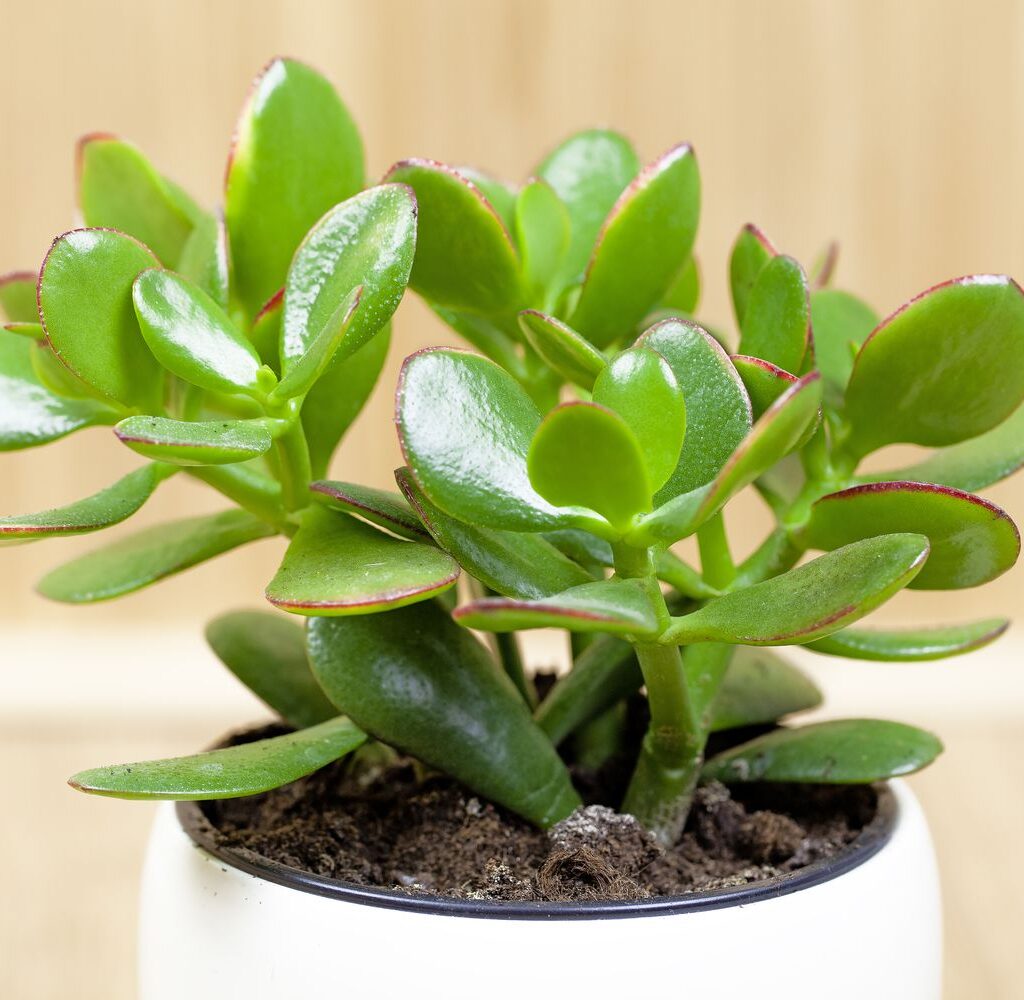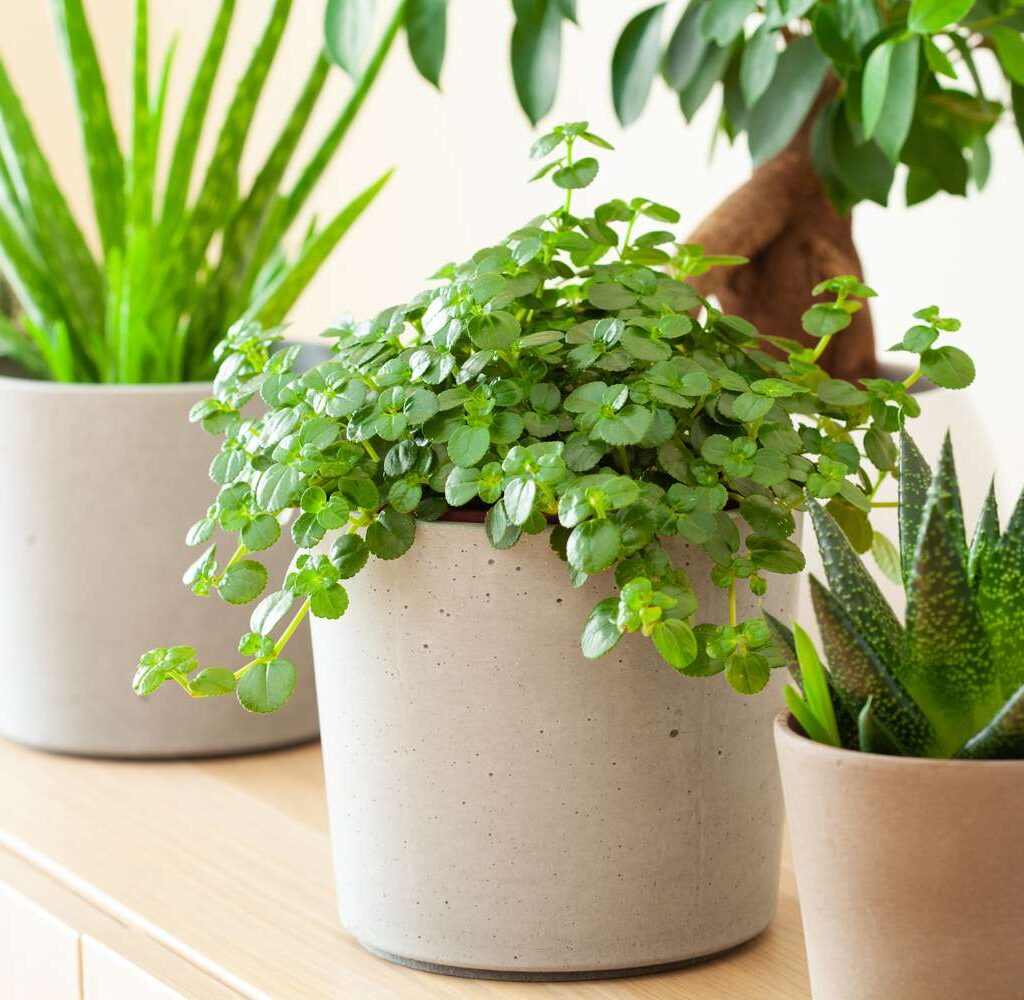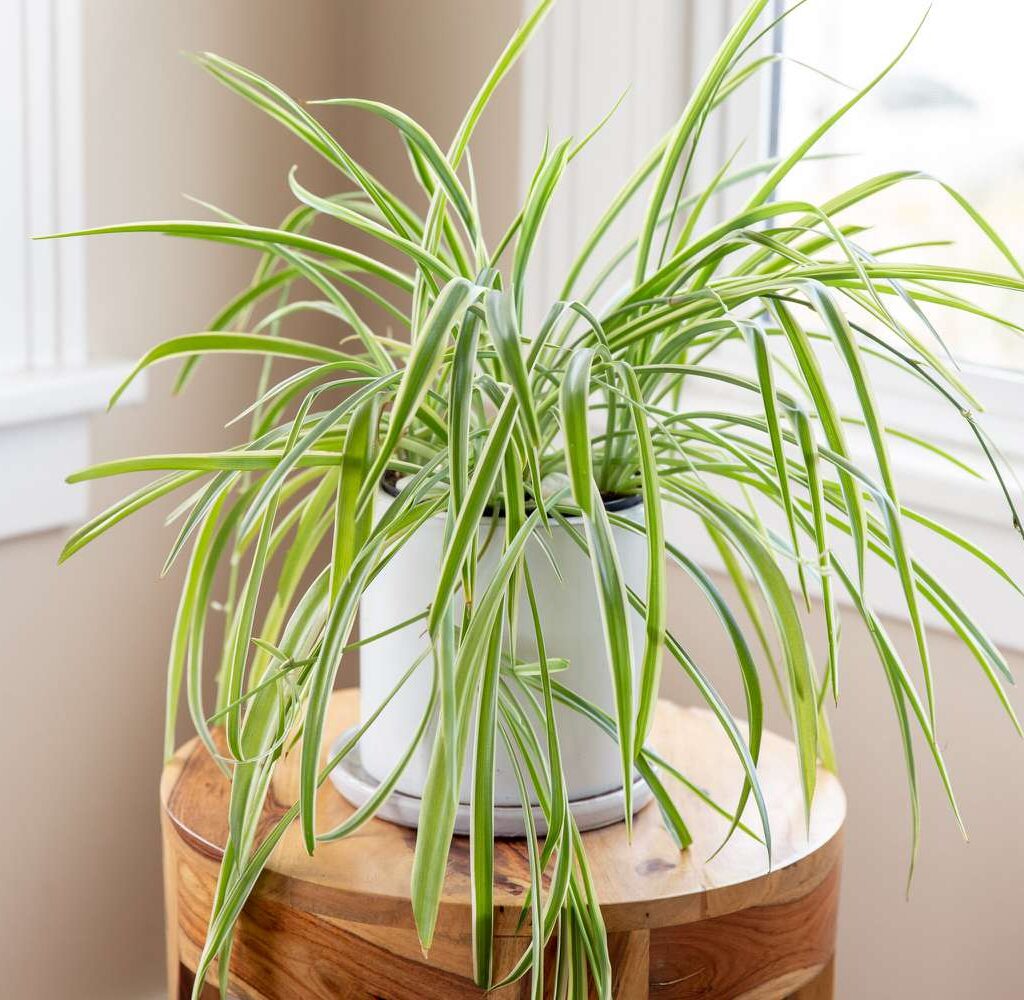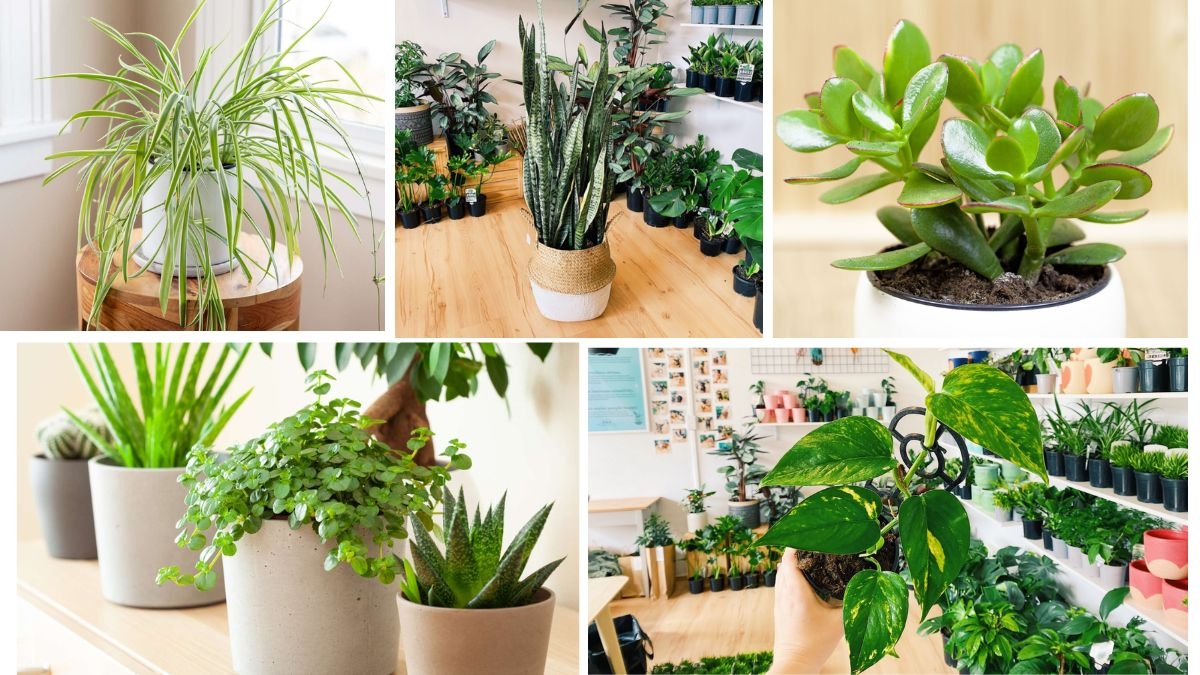Indoor plants are more than just decorative elements; they purify the air, reduce stress, and bring life to your living space. However, for beginners, keeping plants alive can be challenging. The good news is that not all plants demand green thumbs. Some indoor plants are incredibly resilient and can thrive with minimal care.
In this article, we explore the best indoor plants for beginners that don’t die easily, offering you the perfect blend of beauty and durability. Whether you’re starting your plant journey or looking to gift a low-maintenance green companion, these plants are your best bet.
1. Snake Plant (Sansevieria)

Why it’s great for beginners:
The snake plant is nearly indestructible. It can survive neglect, low light, and infrequent watering. Native to West Africa, this plant stores water in its thick leaves and is perfect for travelers or forgetful plant parents.
Care Tips:
- Light: Tolerates low to bright indirect light.
- Water: Water once every 2–3 weeks.
- Bonus: It also purifies air by removing toxins like formaldehyde and benzene.
2. Pothos (Epipremnum aureum)

Why it’s great for beginners:
Often called the “Devil’s Ivy,” pothos is one of the easiest indoor plants to grow. It can handle low light, occasional dry soil, and still look lush and green.
Care Tips:
- Light: Low to bright, indirect light.
- Water: Once a week or when soil feels dry.
- Bonus: Great for hanging baskets or as a trailing plant on shelves.
3. ZZ Plant (Zamioculcas zamiifolia)

Why it’s great for beginners:
The ZZ plant is virtually unkillable. Its thick rhizomes store water, making it highly drought-tolerant. It also tolerates low light and grows slowly, so it doesn’t need frequent repotting.
Care Tips:
- Light: Low to moderate light.
- Water: Every 2–3 weeks.
- Bonus: Shiny, waxy leaves add a luxurious touch to any room.
4. Spider Plant (Chlorophytum comosum)
Why it’s great for beginners:
Spider plants are adaptive and resilient. They not only thrive in indirect light but also tolerate occasional neglect. Plus, they produce baby “spiderettes” that can be repotted to grow new plants.
Care Tips:
- Light: Bright, indirect light.
- Water: Once a week.
- Bonus: One of NASA’s top air-purifying plants.
5. Peace Lily (Spathiphyllum)
Why it’s great for beginners:
Peace lilies are low-maintenance and provide the added benefit of elegant white blooms. They do well in moderate light and droop visibly when they need water, making them perfect for beginners.
Care Tips:
- Light: Medium to low light.
- Water: Once a week or when it starts to droop.
- Bonus: Removes mold spores and airborne toxins from the air.
6. Aloe Vera
Why it’s great for beginners:
Aloe vera is both functional and beautiful. It requires minimal care and provides healing gel in its leaves for burns and skin irritations.
Care Tips:
- Light: Bright, indirect sunlight.
- Water: Every 2–3 weeks.
- Bonus: Adds a desert-chic look to indoor décor.
7. Cast Iron Plant (Aspidistra elatior)

Why it’s great for beginners:
As its name suggests, the cast iron plant is tough and can survive poor lighting, irregular watering, and temperature fluctuations.
Care Tips:
- Light: Low to medium light.
- Water: Every 2–3 weeks.
- Bonus: Slow grower, so it requires little attention over time.
8. Jade Plant (Crassula ovata)

Why it’s great for beginners:
The jade plant is a succulent that stores water in its thick leaves, making it drought-tolerant. It thrives in indoor conditions with minimal care.
Care Tips:
- Light: Bright light.
- Water: Every 2–3 weeks, letting soil dry completely between waterings.
- Bonus: Symbolizes good luck and prosperity in many cultures.
9. Chinese Evergreen (Aglaonema)
Why it’s great for beginners:
Chinese evergreen is known for its beautiful variegated leaves and its ability to tolerate low light and humidity.
Care Tips:
- Light: Low to medium light.
- Water: Once a week or when the top inch of soil is dry.
- Bonus: Available in various colors including silver, green, and red tones.
10. Rubber Plant (Ficus elastica)
Why it’s great for beginners:
The rubber plant is a hardy species that grows well in moderate conditions. Its glossy, dark green leaves add a sophisticated touch to indoor spaces.
Care Tips:
- Light: Medium to bright, indirect light.
- Water: Every 1–2 weeks.
- Bonus: Can grow into a tall indoor tree if given the space.
Essential Care Tips for Beginners
Even with the easiest indoor plants, some basic care guidelines will help your green friends thrive:
- Start with Good Potting Soil: Use well-draining soil and pots with drainage holes to avoid root rot.
- Avoid Overwatering: Most plant deaths result from too much water. Always check the soil before watering.
- Wipe the Leaves: Dust can block sunlight and slow down photosynthesis. Gently clean leaves every couple of weeks.
- Be Patient: Plants take time to grow. Avoid moving them too often or changing their environments drastically.
- Watch for Pests: Check for signs of pests like small webs, sticky residue, or discolored leaves and act quickly if you notice anything.
Why Start with Easy Indoor Plants?
1. Boosts Confidence
Starting with forgiving plants helps build your confidence as a plant parent and reduces the fear of failure.
2. Improves Air Quality
Many of these plants purify indoor air, reducing toxins like benzene, formaldehyde, and carbon monoxide.
3. Enhances Mood and Productivity
Indoor greenery reduces stress, boosts mood, and improves concentration—perfect for home offices or bedrooms.
4. Aesthetically Pleasing
These beginner plants also serve as charming home décor elements, bringing life and color to any room.
Conclusion
Choosing the right indoor plants can make all the difference in your experience as a beginner plant parent. The plants listed above are hardy, attractive, and virtually foolproof. With just a little love and attention, they’ll flourish and enhance your space in more ways than one.
Start small, observe how your plant reacts to its environment, and don’t be discouraged by minor hiccups. Soon, you’ll find that nurturing plants is not only easy but incredibly rewarding.
Whether your goal is air purification, stress relief, or home beautification, these beginner-friendly plants are a perfect way to start your indoor gardening journey.





Leave A Comment